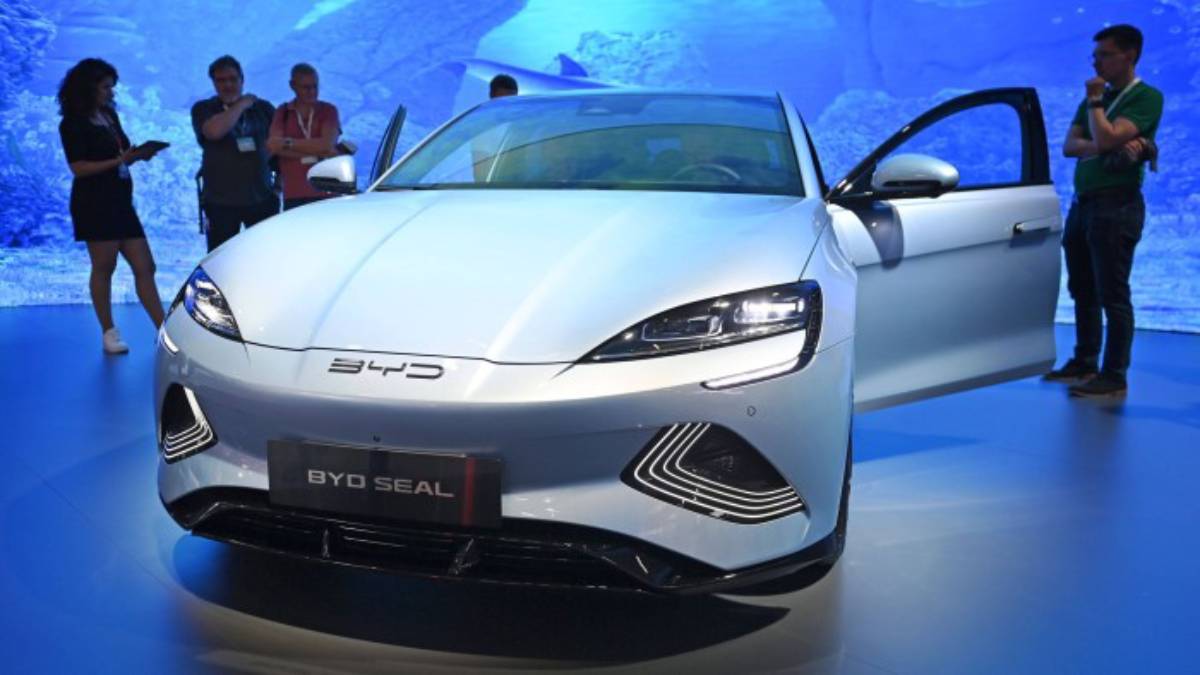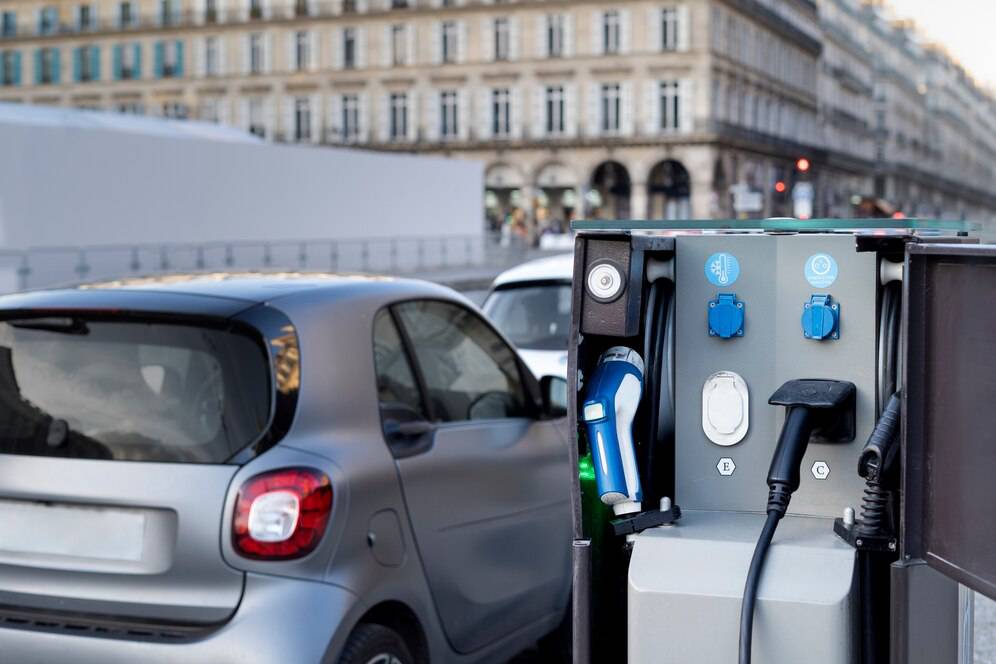
Which Countries are Leading the EV Revolution?
Electric vehicles (EVs) are transforming the global transport industry, offering a cleaner, more sustainable alternative to traditional petrol and diesel cars. With the urgent need to reduce carbon emissions, many countries are investing heavily in EV infrastructure, incentives, and policies to accelerate adoption.
Some nations are leading the charge, rapidly increasing EV sales and developing robust support systems, while others are still catching up. But which countries are truly at the forefront of the EV revolution? In this article, we’ll explore the top nations for electric vehicles, their strategies, and how they contribute to the global EV market share.
What Defines EV Leadership?

Before looking at specific countries, it’s essential to understand what makes a nation a leader in EV adoption. Here are the key factors:
- EV Market Share: The percentage of total car sales that are electric.
- Government Incentives: Financial benefits such as tax credits, subsidies, and exemptions.
- Charging Infrastructure: The availability and accessibility of public and private charging stations.
- Automotive Industry Commitment: Investments in EV manufacturing and technology.
- Sustainability Policies: Regulations and goals to phase out petrol and diesel vehicles.
1. Norway – The World Leader in EV Adoption

Norway consistently ranks as the top country for EV adoption, with electric cars making up over 80% of new car sales in 2024. This success comes from strong government policies, tax benefits, and infrastructure investments.
Key Policies & Incentives:
- Zero VAT and purchase tax on EVs.
- Free or reduced tolls, ferry rides, and parking for EV owners.
- Extensive charging network across urban and rural areas.
Impact:
- Norway aims to be the first country to ban petrol and diesel car sales by 2025.
- Many EV manufacturers prioritise launching new models in Norway due to high demand.
2. China – The Largest EV Market
China is the world’s largest EV market, accounting for nearly 60% of global EV sales in 2024. The country’s strong focus on battery production, subsidies, and charging networks has driven rapid adoption.
Key Policies & Incentives:
- Purchase subsidies and tax exemptions for EV buyers.
- Government support for domestic EV brands like BYD, NIO, and XPeng.
- Massive public charging infrastructure, with over 6 million charging points nationwide.
Impact:
- China leads in EV manufacturing and exports, with many companies expanding globally.
- The country’s push for electric buses and taxis has significantly reduced urban pollution.
3. Germany – Europe’s EV Powerhouse
Germany is at the centre of Europe’s EV transition, home to major automakers like Volkswagen, BMW, and Mercedes-Benz, all of which are investing billions in electrification.
Key Policies & Incentives:
- Government grants of up to €6,750 for new EV purchases.
- Major investment in public charging stations, including fast-charging networks.
- Strong automotive industry commitment, with ambitious electrification targets.
Impact:
- Germany aims to have 15 million EVs on the road by 2030.
- The expansion of EV production has boosted employment and technological advancements in the country.
4. United States – A Growing EV Market
While the US has historically lagged behind other nations in EV adoption, strong government policies and investment are helping the market grow rapidly.
Key Policies & Incentives:
- Federal tax credits of up to $7,500 for EV buyers.
- State-specific incentives, such as California’s $7,500 rebate.
- Major automakers like Tesla, Ford, and GM are investing heavily in EVs.
Impact:
- The US government aims for 50% of new car sales to be electric by 2030.
- Expansion of charging networks, including Tesla’s Supercharger system and public charging hubs.
5. Netherlands – A Leader in EV Infrastructure
The Netherlands is known for its advanced EV infrastructure and strong government support.
Key Policies & Incentives:
- Tax exemptions and financial support for EV purchases.
- One of the highest numbers of charging stations per capita in the world.
- Strict emissions policies, banning new petrol and diesel cars by 2030.
Impact:
- Over 30% of new car sales in the Netherlands are electric.
- Strong policies have encouraged both businesses and consumers to adopt EVs quickly.
6. United Kingdom – Pushing Towards a Zero-Emission Future
The UK is making strong strides in EV adoption, with a clear roadmap towards phasing out petrol and diesel cars.
Key Policies & Incentives:
- Ban on new petrol and diesel cars by 2035.
- Government grants and tax breaks for EV buyers and businesses.
- Investment in public charging stations, with a focus on rural areas.
Impact:
- The UK is one of the fastest-growing EV markets in Europe.
- EV adoption is being driven by both policy changes and strong consumer demand.
7. Sweden – A Sustainability-Driven EV Market
Sweden has emerged as a key player in the EV industry, with a strong focus on sustainability and innovation.
Key Policies & Incentives:
- Generous subsidies for EVs and plug-in hybrids.
- Strict carbon emissions targets, encouraging EV purchases.
- Renewable energy integration, ensuring EVs run on clean electricity.
Impact:
- Sweden is home to innovative EV startups and battery manufacturing plants.
- The country’s focus on green energy makes EVs even more environmentally friendly.
Future Trends in Global EV Adoption
1. Expansion of Charging Networks
As more countries invest in charging infrastructure, range anxiety will become less of a barrier to EV adoption. Governments and private companies are working to ensure fast and reliable charging is available everywhere.
2. Stricter Emissions Regulations
More nations are introducing stronger regulations to phase out internal combustion engine (ICE) vehicles. These policies will push automakers to increase EV production and improve technology.
3. Battery Technology Improvements
Advancements in solid-state batteries and faster charging solutions will make EVs more efficient and affordable, driving higher adoption rates worldwide.
Conclusion
The global EV market is growing rapidly, with certain countries leading the way in adoption, infrastructure, and policy support. Norway, China, Germany, the US, and the Netherlands are among the top nations pushing for a greener future through widespread EV adoption.
With strong government incentives, expanding charging networks, and continuous improvements in EV technology, the transition to electric mobility is only accelerating. Whether through financial benefits, infrastructure development, or sustainability goals, these nations are shaping the future of transportation.
As more countries commit to phasing out petrol and diesel cars, the global EV revolution is becoming an unstoppable force. If you’re considering switching to an electric vehicle, now is the perfect time to take advantage of government incentives and infrastructure improvements.


